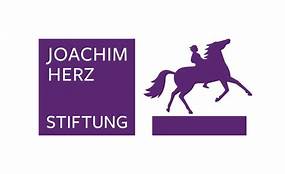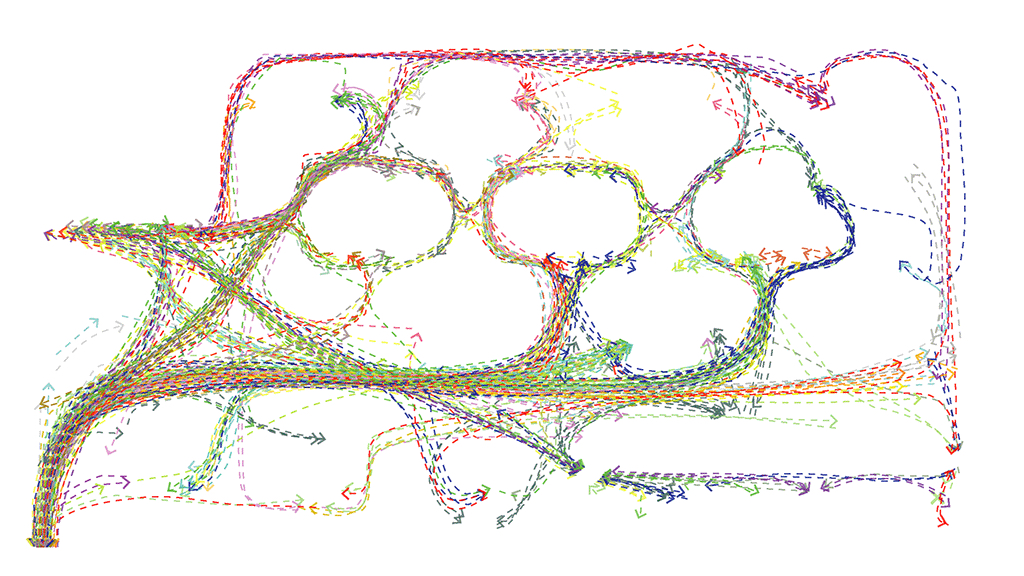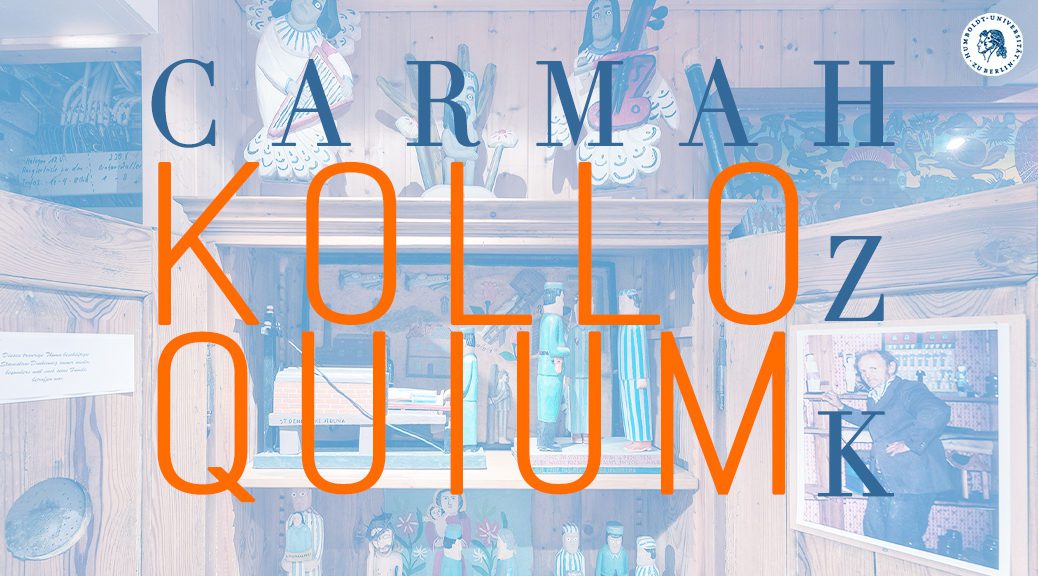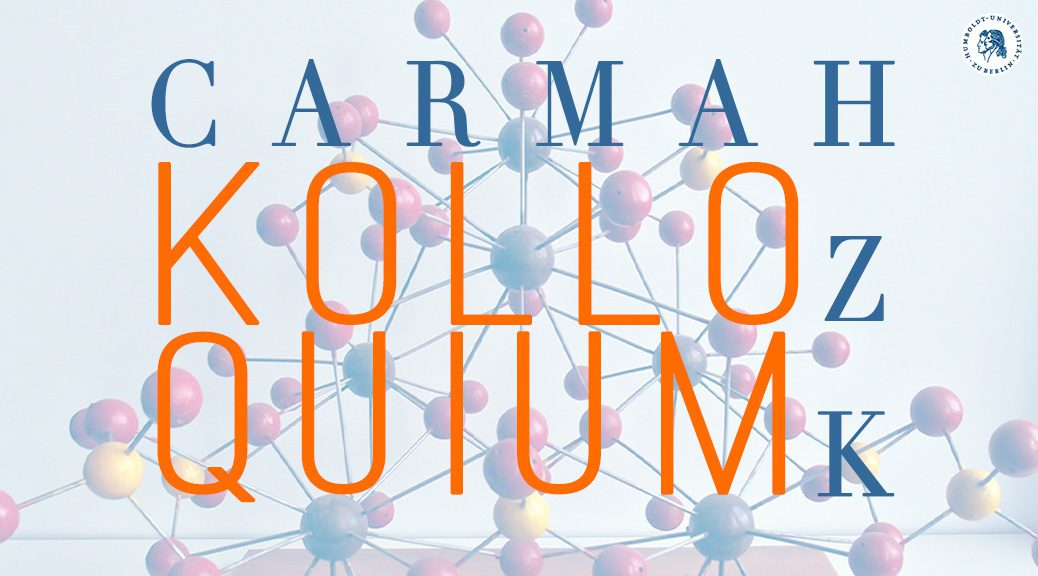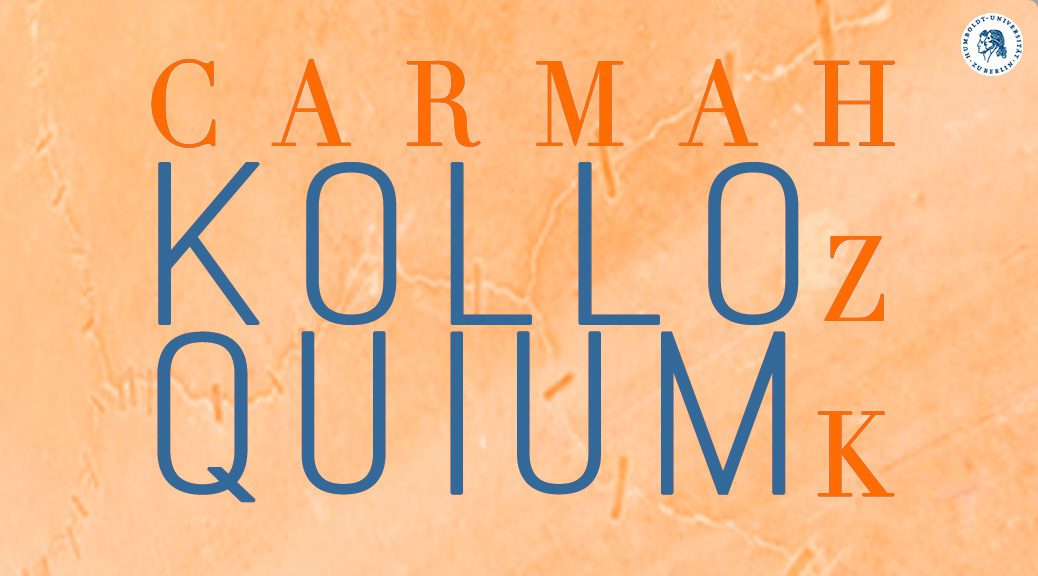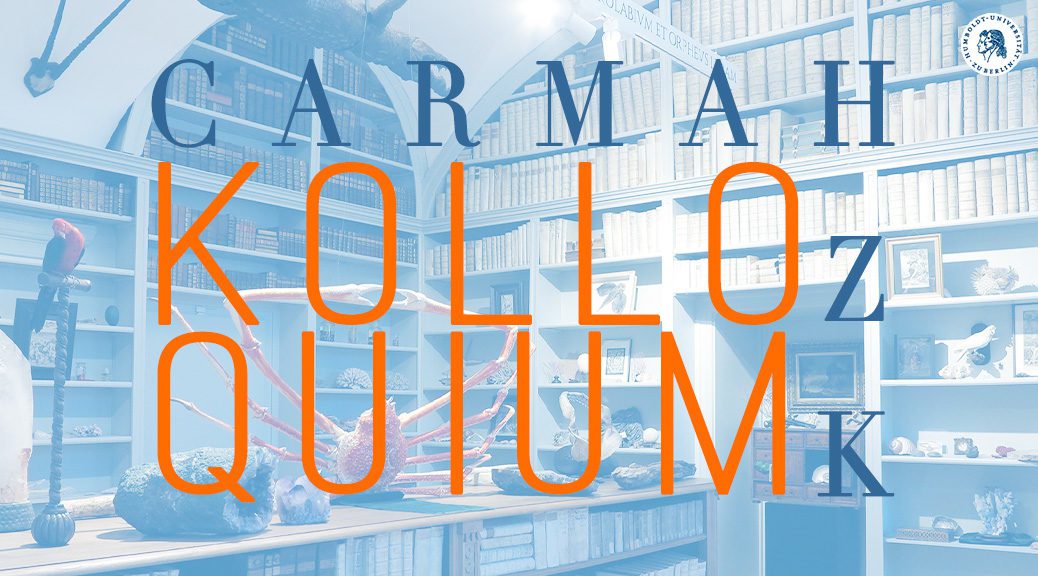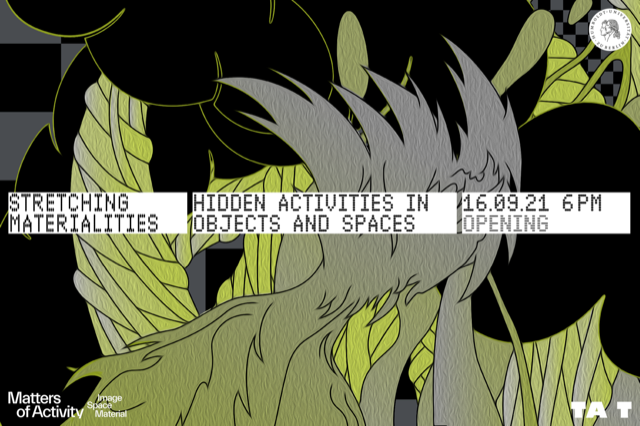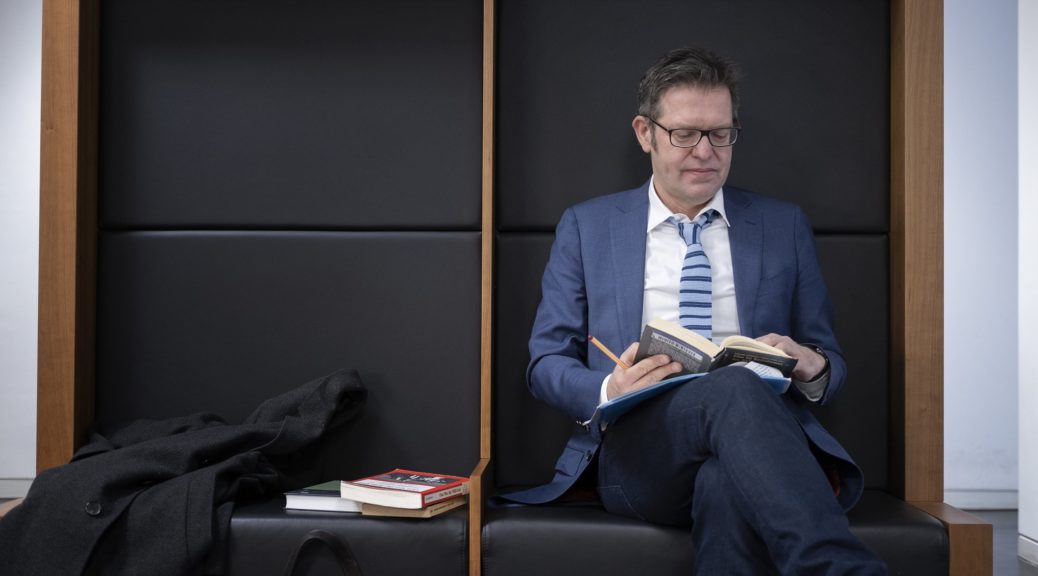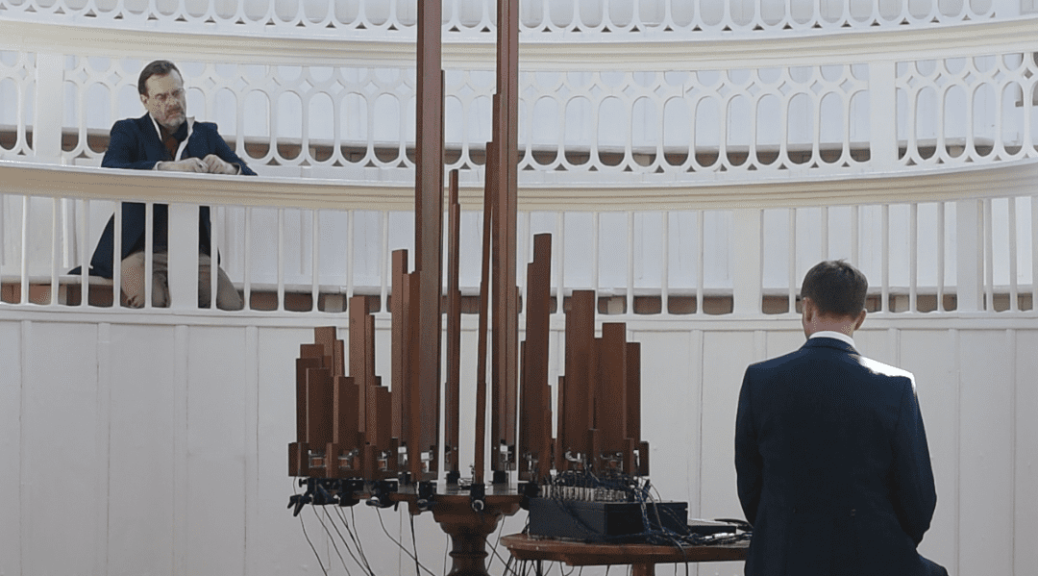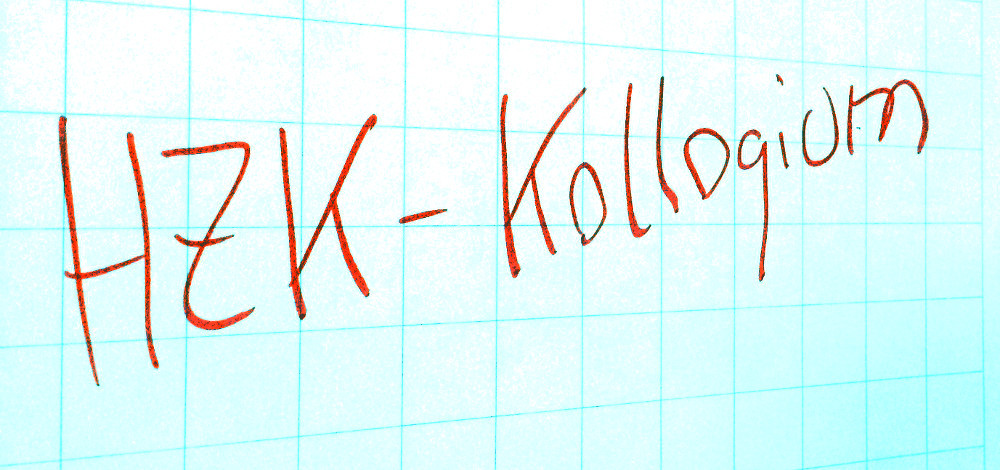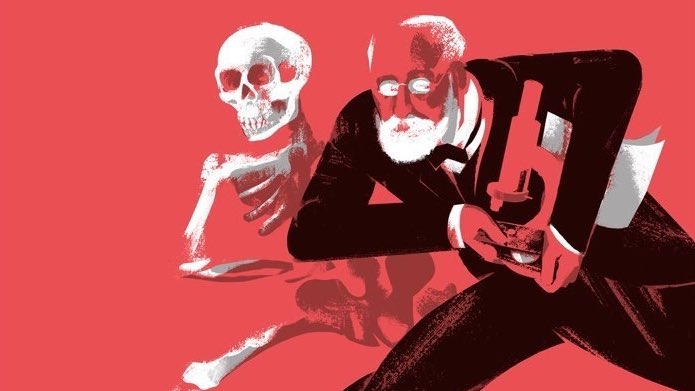Jan-Peter E.R. Sonntag: HELMHOLTZ VOOCAAL
Chamber Opera, 26 August – 1 September 2021. Premiere: 26 August 2021, 8 p.m.
An apparative and installative chamber opera in 3 acts and rooms of the TA T on the occasion of the 200th birthday of Hermann von Helmholtz.
31 August 2021 marks the 200th anniversary of the birth of Hermann von Helmholtz, a trained military surgeon, amateur musician, anatomist, physiologist, experimental and theoretical physicist and philosopher. As early as 1862, in his publication titled “On the Sensations of Tone as a Physiological Basis for the Theory of Music“, Helmholtz not only attempts to re-found the aesthetics of music on a scientific-physiological and physical-acoustic basis. He also develops the apparatuses himself that make his theory comprehensible to the senses for him and others. And he challenges his readers to reproduce his acoustic experiments.
Salon Helmholtz: Stimme und Stimmung
How do we hear? How are the tones of musical instruments, the voicings of the latter and their timbres related to the sensations of consonance and dissonance? – How do music and mathematics correspond? – How does scientific knowledge connect with music and philisophy? These were the questions addressed by Hermann von Helmholtz (1821-1894), one of the last universal scholars of the 19th century, whose statue today adorns the courtyard of the Humboldt-Universität, among other places. In his research, he combined natural science, philosophy and music theory. To this end, he experimented with the piano and the voice and developed apparatuses that not only put his theory into words and writing. It should also become experimentally comprehensible for him and others – understanding as hearing and experiencing. His wife Anna’s Berlin Salon provided him (and other “superstars“ of science of the time) with an esteemed stage. On the occasion of Helmholtz’s 200th birthday, this format is being revived at a special location, the landmarked Object Laboratory of the Hermann von Helmholtz-Zentrum für Kulturtechnik.
The salon complements the performances of HELMHOLTZ VOOCAAL and offers a look behind the scenes as well as a practical-theoretical dialogue between art and science. The work of Helmholtz will be discussed by Jan-Peter E.R. Sonntag together with renowned scientists (27.8.: Prof. Dr. Julia Kursell, 28.8., Dr. Christopher Li, 31.8, Prof. Dr. Viktoria Tkaczyk) on and with historical as well as newly created instruments. Moderation: Felix Sattler (Curator Tieranatomisches Theater). Duration: approx. 75min.
Further information and registration: https://tieranatomisches-theater.de/project/kammeroper-26-august-1-september-2021-premiere-26-08-2021-20-uhrjan-peter-e-r-sonntag-helmholtz-voocaal/
Photo: Jan-Peter E.R. Sonntag: Helmholtz Voocaal. © N-Solab
